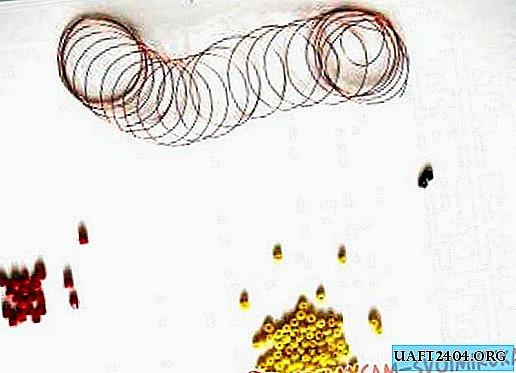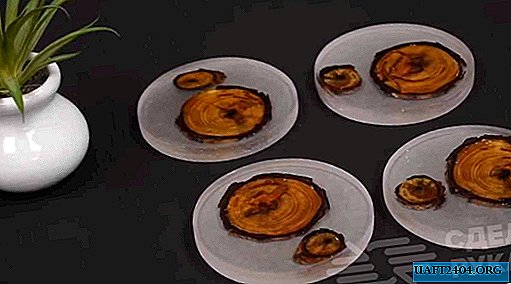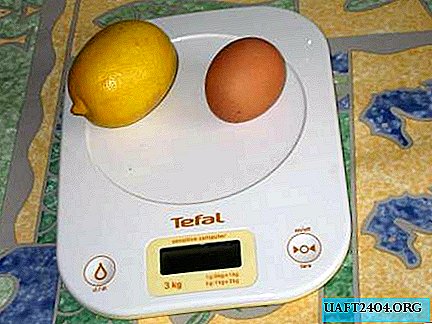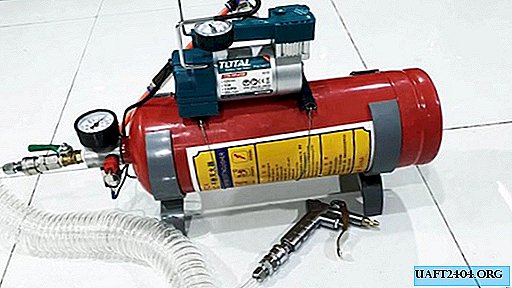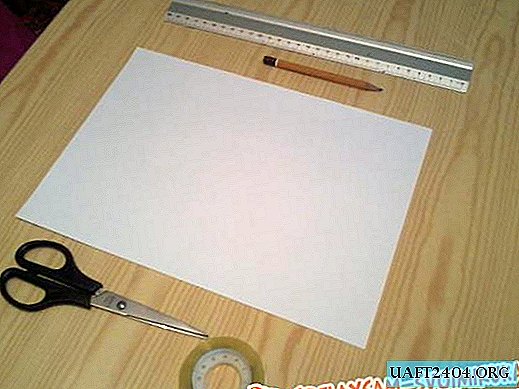Share
Pin
Tweet
Send
Share
Send
How to quickly and cost-effectively restore the cutting properties of this tool? There are several common ways. Today, consider one of them.
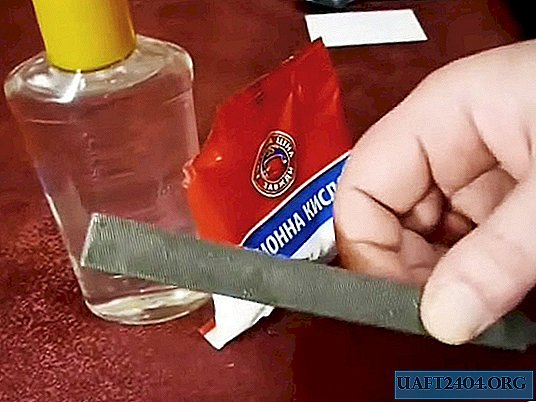
Will need
To sharpen a blunt file, we must have at hand the following materials and tools:
- citric acid;
- a container of water;
- material for testing file sharpness;
- a metal brush;
- a teaspoon;
- alkaline cleaning agent;
- elongated cuvette;
- old toothbrush;
- sponge or wipes.
The process of restoring the sharpness of the file
A file definitely requires sharpening if it slides along the work surface and does not file through it.
To make the file etching process more efficient, first clean its working surface with a metal brush to remove dirt, grease and oil deposits, etc.
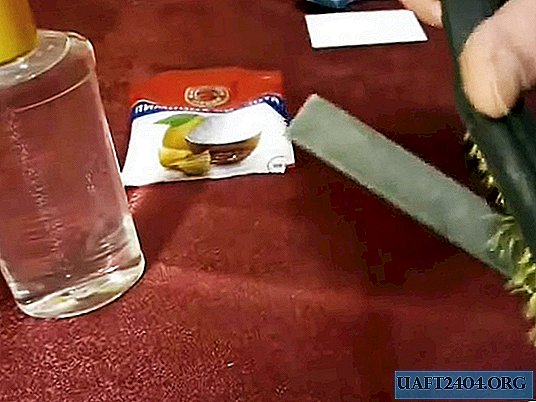
Next, we prepare a mix based on 50 grams of citric acid per 1 liter of pure water. The main thing is that acid granules should dissolve in water without residue, and completely cover the mixture with the file.

If the volume of our container is 250 ml, then it is enough to pour citric acid in the amount of two teaspoons into it in order to maintain the recommended proportion. By the way, citric acid can be replaced with concentrated table vinegar.
Also, degrease the file before etching. To do this, place it over an elongated cuvette, sprinkle it with an alkaline cleaning agent, for example, detergent, and use a toothbrush moistened with water to remove any residual dirt, grease and oils.


Then we wash the file with water from a jar, but it is better under a stream of running water from a tap. Degreasing is considered to be of high quality if the water on it is not collected in separate balls, but covers the surface with a continuous thin layer.

Now we put the file in acidified water, and leave it there at our concentration for 24 hours. If the acid concentration is higher, then the exposure time must be reduced accordingly.

It is advisable to control the etching process during these days and take certain measures based on its results.
The method of restoring a file by etching is based on the fact that the area of the teeth of the notch is much smaller than the total working area. Therefore, the removal of metal from the teeth is faster than in other places. By the way, citric acid or vinegar can be replaced with ferric chloride in small doses.
The efficiency of the etching process can be judged by the intensity of the formation of hydrogen bubbles on the surface of the file.

After 12 hours of exposure, pull out the file from the solution and check the quality of sharpening. To do this, wipe it on a sponge and see a black coating on it. This is nothing but etched metal predominantly from the teeth of the notch.

We check the quality of file sharpening on the plastic case of the lighter and make sure that the hook has grown a lot, and numerous particles of filmed material are visible on the notch.

Nevertheless, it is better to hold the file in the solution for 12 hours, having previously cleaned it of plastic chips with a metal brush. The etching process can be accelerated by placing the container in a warm place, or by increasing the acid concentration.
When the file reaches the desired sharpness, it should be treated with an alkaline solution to neutralize the acid residue, and also kept under running water to remove all chemical ingredients.
Share
Pin
Tweet
Send
Share
Send


